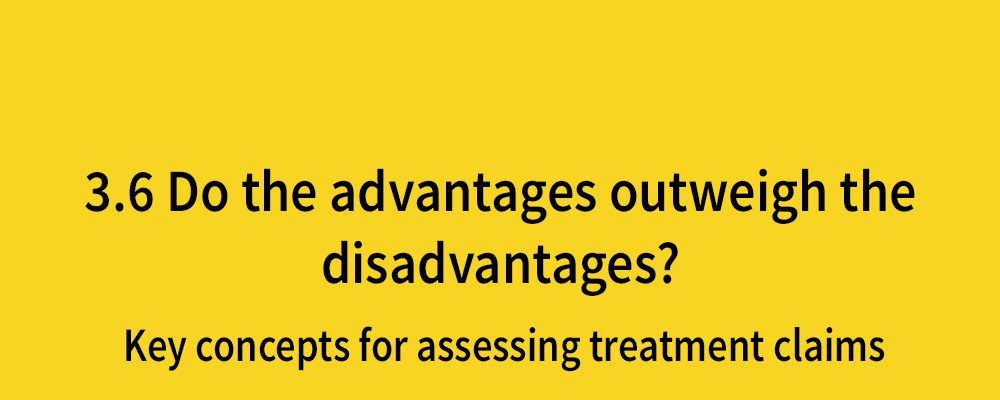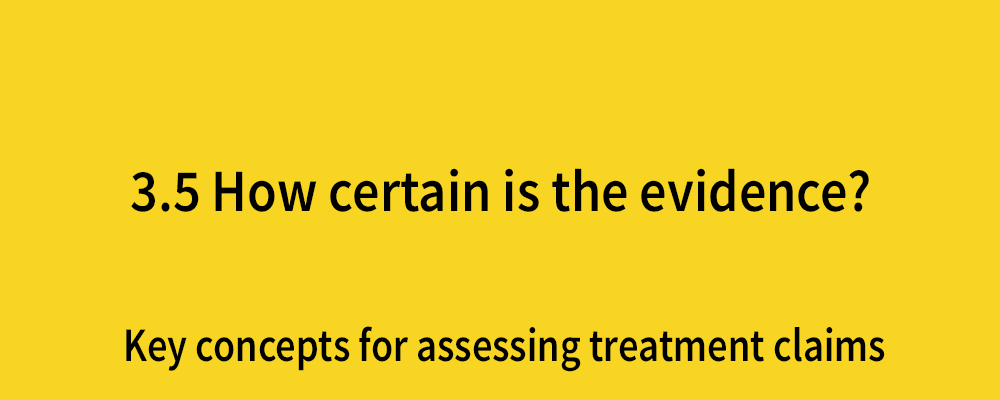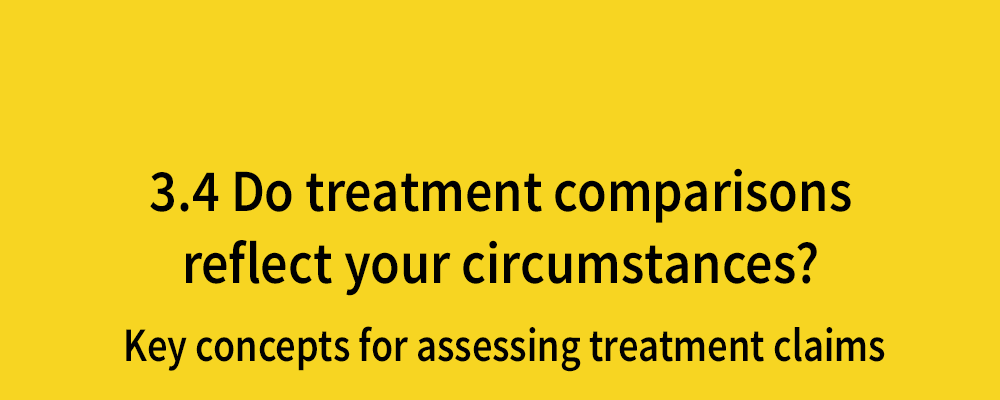Newer is not necessarily better
Posted on 3rd July 2017 by Eero Teppo
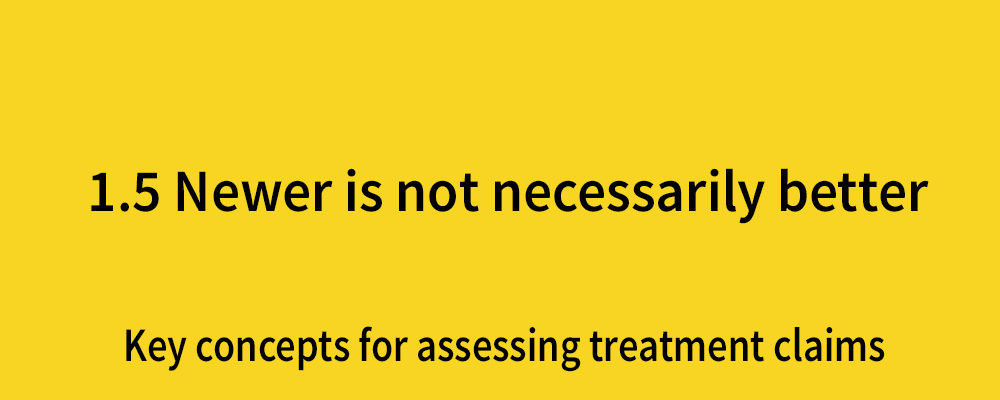
This is the fifth in a series of 36 blogs based on a list of ‘Key Concepts’ developed by an Informed Health Choices project team. Each blog will explain one Key Concept that we need to understand to be able to assess treatment claims.
The novelty and price of a treatment are two factors that can influence what we think about a treatment. We may all make certain assumptions rather automatically: surely the latest drug or a new treatment must be a significant improvement on an existing treatment? And surely a treatment that is expensive must be effective? Well, not necessarily…
A few interesting (and concerning) examples to show that expensive and new drugs are not necessarily better than established treatments…
Arbitrary price hikes
The cost of EpiPens (easily injectable epinephrine devices) for severe allergic reactions was a big controversial topic recently. Their price had increased by more than 450% since 2004. What happened? You might assume that, to justify this price hike, EpiPens had been substantially improved in this time. But unfortunately not. Rather, the price hike was largely because there was practically only one company, Mylan, selling EpiPens at a time when the demand for EpiPens was increasing. With little regulation, Mylan were relatively free to increase the price of EpiPens multiple times, while increasing demand for EpiPens through marketing (or “raising awareness”).
Similarly, drug company Turing increased the price of Daraprim, a drug used to treat parasitic infections such as malaria, by over 5000% in 2015.
‘Me-too’ drugs
In Finland, a science journalist very publicly criticised doctors for prescribing lots of esomeprazole, a drug which is designed to decrease the secretion of stomach acid. Why? This drug was a new, minor variation from the established omeprazole.
Esomeprazole is an example of a ‘me-too’ drug; where industries create many very similar drugs which are not necessarily improvements on the existing version of the drug. In Canada, Morgan et al. concluded from their 2005 analysis on “breakthrough” drugs and growth in expenditure on prescription drugs in Canada that:
In British Columbia, most (80%) of the increase in drug expenditure between 1996 and 2003 was explained by the use of new, patented drug products that did not offer substantial improvements on less expensive alternatives available before 1990.
‘Me-too’ drugs are often a substantial, unnecessary financial drain and can give false hope to patients.
These are just a few examples but they clearly illustrate that just because a drug is expensive does not necessarily mean it is effective. Nor is it necessarily an improvement on a previous version of the drug.
New, expensive brands of treatments need to be tested fairly too…
The common assumptions that new and expensive treatments must be better than older, cheaper available treatments is wrong.
How do we know these assumptions are wrong?
- Brand new, attention-grabbing results often do not turn out to be so promising with further testing. For example, in 2003, researchers looked at 101 studies published in top scientific journals between 1979 and 1983 that claimed a new therapy or medical technology was very promising. Only five of these, they discovered, made it to market within a decade.
- When it comes to industry, one might also mistakenly assume that the only thing driving the development and price of a treatment is how effective and safe that treatment is. But let’s be clear: the leading aim of pharmaceutical and other healthcare companies is to prosper financially. (So it’s no wonder that many of them spend more on marketing than they do on research). For drug companies, very minor changes to the main molecules of a drug produce better returns on investments than risky, large innovations. Through clever marketing, persuading practitioners and patients that a minor change in a drug makes a meaningful difference to how effective or safe it is, is not at all that hard. Companies can also fiddle with prices relatively arbitrarily.
- When tested fairly, new treatments are rarely substantially better than existing treatments. New treatments should be compared with the best existing alternatives in well-designed studies (ideally, randomized controlled trials (RCTs)). So, what would you guess is the current probability that a random new treatment is better than its established alternative? Almost no chance? Almost certainly? The best estimate seems to come from a research team who concluded from their 2012 analysis of new treatments compared to established treatments in randomized trials that “society can expect that slightly more than half of new experimental treatments will prove to be better than established treatments when tested in RCTs, but few will be substantially better.”
- In the current regulatory system, for a new treatment to go to market, there is no requirement for the new treatment to be more effective than the best existing, alternative treatment. Additionally, some side effects and harms associated with treatments may take a long time to appear. This means that the long-term safety of a new treatment is often not well-known before the treatment has gone to market for wide-scale use. This is especially the case with rare side effects or harms.
In order to choose the safest, most effective, and best tolerated treatments, practitioners, funders, and patients cannot be distracted by all the extra noise that price and novelty can create. Ultimately, as argued throughout this series, we must compare all treatments fairly.
Learning resources which further explain why newer is not necessarily better
Read the rest of the blogs in the series
References (pdf)
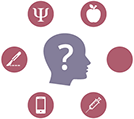 Testing Treatments
Testing Treatments
Take home message:

